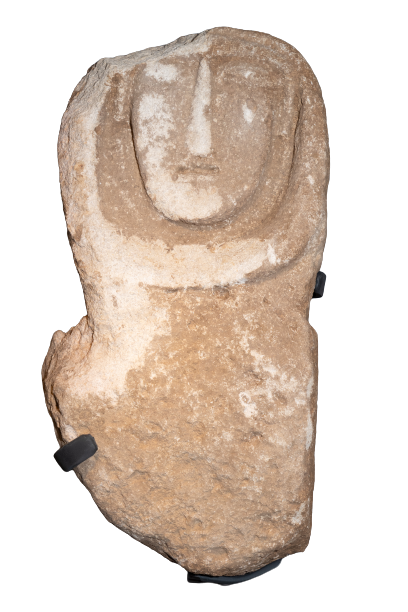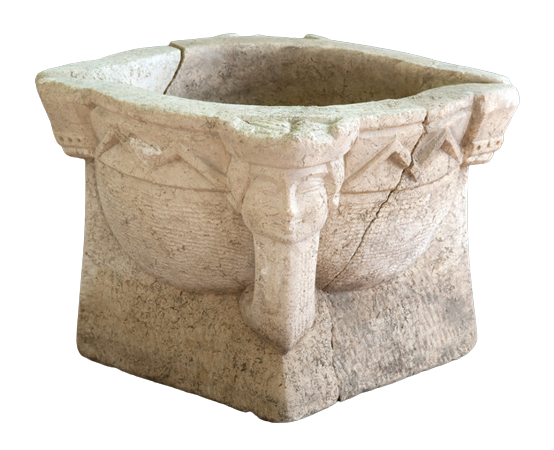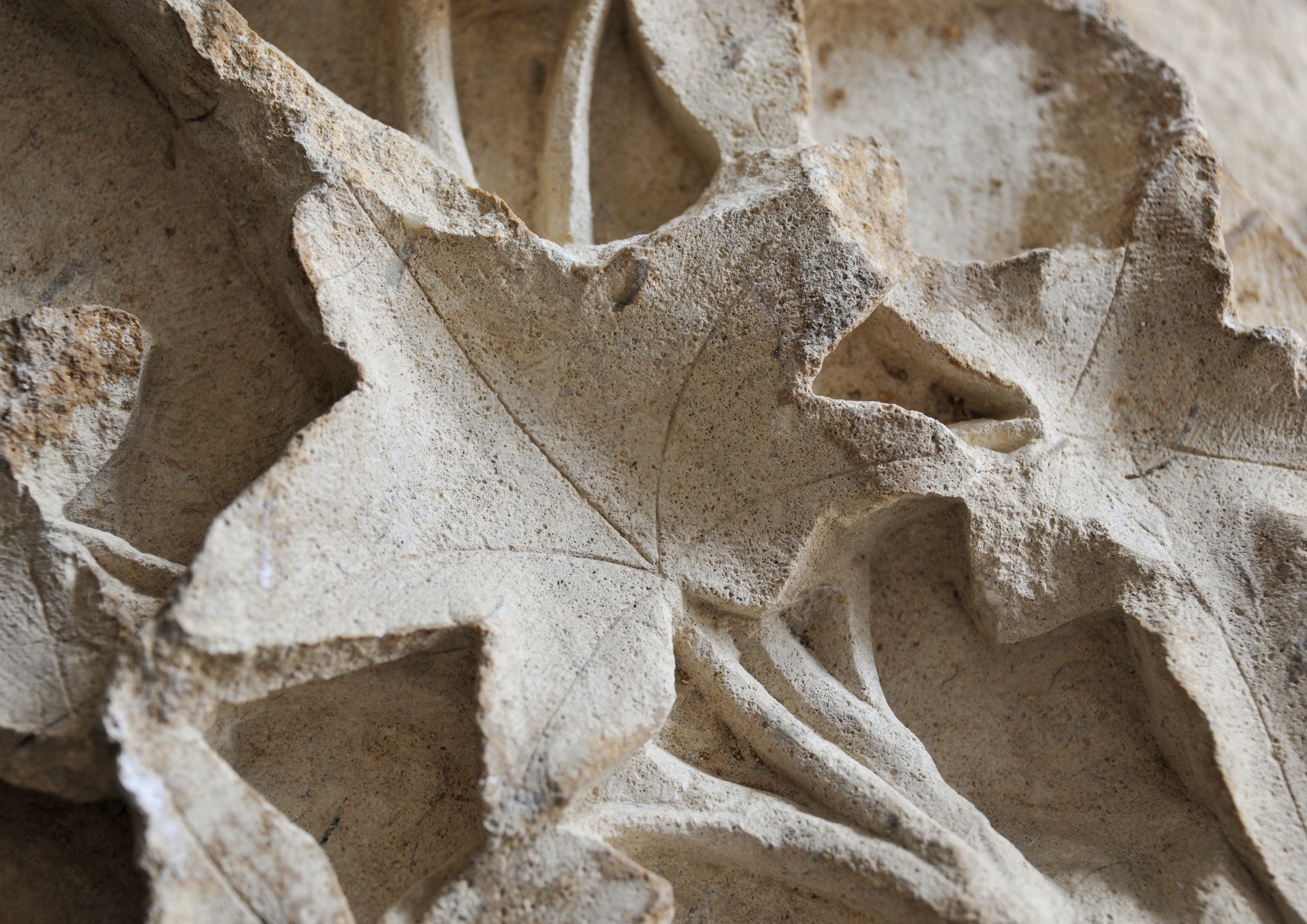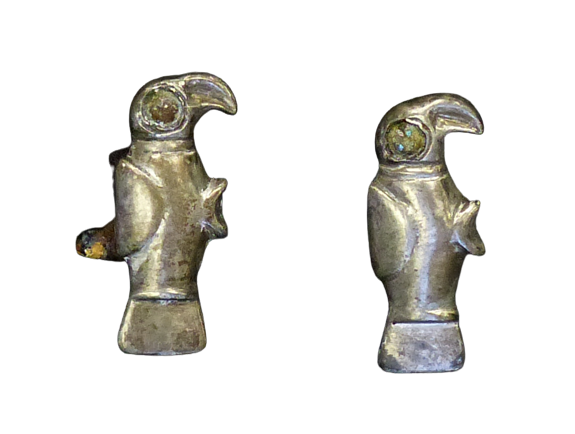If for the archaeologist any object discovered is precious, he sometimes finds real jewelry. Worn since the origin by women and men, they bring us into the intimacy of their owners. In addition to its value, the jewel is a symbol, both a sign of wealth, social belonging, object of pomp, devotion or magical amulet.
Aesthetic and luxury objects, they are composed of rare materials such as metals (gold, silver) and gems(garnets, rubies, carnelian). These materials, chosen for their aesthetic characteristics (fineness, hardness or color), are also distinguished by their rarity and their distant provenance. Thanks to these discoveries, archaeologists are exploring trade routes, exchange networks and links between different civilizations and investigating the origins of these precious stones.
Illustration : Deux fibules aviformes. Laon (02) musée d'art et d'archéologie du Pays de Laon
© Musée du Pays de Laon






